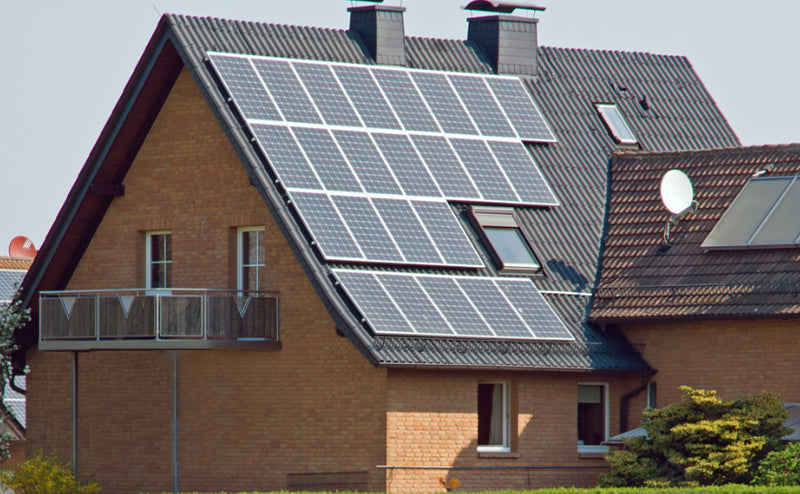
Installing solar panels on your house is a great way to cut down on energy expenses and help the environment. Solar panels have gained momentum in recent years, and countless homeowners are now turning to them as an alternate source of power. Whether you’re wanting to save money on electricity bills or do your bit for nature, putting up solar panels at home is a solid decision. In this blog article, we’ll look into the pros, costs, and DIY instructions for installing solar panels at home.
Solar energy’s popularity has grown in recent years, partly due to the financial benefits and lower utility bills associated with it. Savings can vary depending on electricity consumption, solar energy system size, purchase or lease options, daily sunlight hours, roof size and angle, and local rates.
Solar power is viewed as an upgrade to one’s residence. The United States boasts a colossal solar resource, thus even places with relatively small amounts of solar resources can experience monetary savings. Every kWh of solar energy created will also decline greenhouse gas effusions and other grave pollutants as well as lessen water usage and extraction.
For those looking to put in solar panels in their home, something as small as 100 watt solar panels and 24 volt electrical storage batteries could serve as a good beginning. If you need greater power, then beefing up to 300 watt solar panels or larger with a sun-following system may be worth considering.
Are you asking yourself “how much for solar panels?”
When it comes to installing solar panels at home, there are a few things to consider. The first is the cost of the system itself. Solar panel systems can range from a few hundred dollars for a small DIY setup to tens of thousands of dollars for larger systems.
The size and complexity of the system will also determine the cost. It is important to do your research and find out what type of system you need for your home in order to get the most benefit from it.
With solar energy, the costs and pricing estimates vary by state and region. Regions with higher usage and more sunny days per year tend to have more robust incentive programs in place that may make solar energy more accessible. However, other areas of the U.S. may not have the same level of development for solar-powered solutions.
Installing solar panels at home is a great way to save money on electricity and reduce your carbon footprint. You can also find many benefits from solar energy, such as independence from the grid and increased home value. But before you begin your solar project, it’s important to understand how much solar energy you need, the cost of solar energy, and the process of installing solar panels.
When installing solar panels at home, it’s best to start by doing some research to determine what type of system is right for your home. Solar powered systems come in a variety of sizes and shapes, ranging from micro systems with 100Watt solar panels or smaller to gigawatt plus utility scale power plants!
Once you’ve decided how much power you need, you’ll need to find out how much for solar panels and other equipment like a 12v or 24V battery, a home inverter, and batteries for your home solar system.
Article from: Wuzeck
For more information, please click here: https://wuzeck.com/